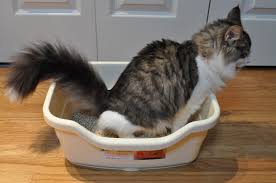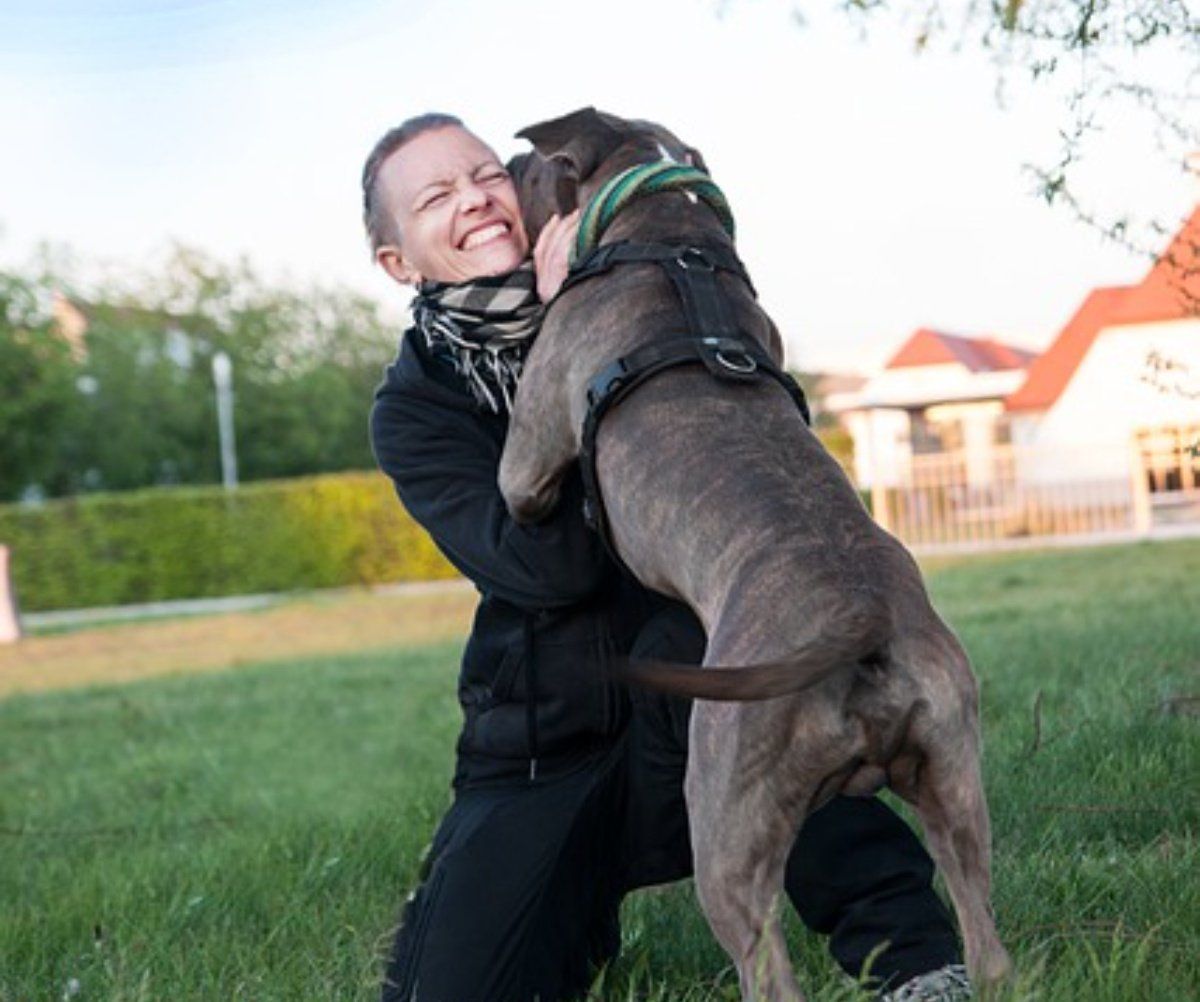Inappropriate Elimination in Cats
How to get my cat to use the litterbox?
There are many reasons why cats eliminate outside of their litter box. The first thing to consider is a medical problem. Take the cat to the veterinarian to rule out any physical problem that may be causing the inappropriate elimination, like a urinary tract infection. If the veterinarian does not find a medical problem, we can assume it is a behavioral problem. In order to stop inappropriate elimination you will first need to figure out what is causing it. Below are some of the common triggers and some suggestions for correcting the problem.
Litter or litter box aversions
Signs
- The cat shakes her paws excessively to remove the litter when she comes out of the box.
- The cat, wanting as little contact with the litter as possible, does not bury her waste after she eliminates.
- The cat balances on the side of the box to eliminate because she doesn’t want to step in the litter.
- The cat won’t even go in the box and is eliminating right next to it.
Causes – Any undesirable, frightening or startling experience associated with the box can trigger an aversion:
- The box is consistently dirty
- The box is too small or the sides are too high
- The litter is too deep, dusty or has a strong odor
- The cat has experienced pain or discomfort when eliminating in the box
- The cat is ambushed by another cat while in the box
Treatment – Identify the reason for the aversion and work on changing it.
- If the cat has developed an aversion due to a scary experience, the litter box may need to be relocated. It is sometimes necessary to provide a new box that is very different from the old one.
- If there are multiple cats in the household, there should be multiple boxes (one per cat plus one is a good rule of thumb).
Surface preference
The cat may still occasionally use the litter box but has developed a preference for another surface. Soft substrates (beds, carpets, piles of clothes, towels) are preferred by some cats for elimination. Surface preferences can also develop secondarily to litter box aversions.
Treatment
- Clean all soiled areas well with an enzymatic cleaner (Natures Miracle, Anti-Icky-Poo).
- Deny the cat access to preferred surfaces (close doors, pick up laundry, etc.).
- Make the soiled area less appealing using smell aversion (air fresheners, perfumes, citrus sprays), or place an aversive texture (plastic, aluminum foil) over the area.
- Change the substrate in the box so that the texture is more like the soiled areas (make the litter softer – switch to fine grained, clumping litter).
- Place a piece of the preferred substrate (piece of carpet) in the box. Slowly introduce litter on top of it. Gradually make the piece of carpet smaller and smaller.
Location preference
Sometimes this occurs after the owner moves the box (the cat may still use the old location). It is also likely that the area where the box is kept is undesirable for some reason. Perhaps there is too much activity, or the box is located so that there is only one way out or the cat cannot see all around while eliminating. The box may be too isolated in an out of the way scary place (basement), or it may be located near unpredictable noises (near furnace or other large appliance).
Treatment
- Change the location of the litter box to meet the cat’s preferences. It may be necessary to put the litter box in the place the cat is eliminating and slowly move it (inches a day) to the new desired location.
Conflicts between family cats
Inappropriate elimination may result from one cat being harassed and threatened while in the box by another cat. The cat becomes afraid to go to the litter box if it is then vulnerable to attack or harassment. Some cats simply will not use a box that another cat has eliminated in.
Treatment
- Have multiple boxes in multiple locations. In all locations the cat should have several escape routes and good visibility all around the box.
- Work on improving the relationship between the cats using positive reinforcement (food treats and play whenever they are together).
Fear and anxiety
If the cat is afraid to move comfortably in the house she may start to eliminate inappropriately. This is often seen in cats who are new to a house and not yet comfortable with the environment.
Use of harsh punishment by the owner could cause the cat to hide whenever the owner is present and thus eliminate close to the hiding place. Fear of the family dog who chases the cat may also contribute to this problem.
Treatment - Identify the source of the fear and anxiety.
- Stop all harsh punishment
- Move the box away from scary noises
- Use desensitization and counter conditioning to teach the cat to be less fearful of things in the household.
Olfactory cues
Olfactory cues (odors) from other animals that have soiled the area may contribute to inappropriate elimination.
Treatment
- Reduce odors with an enzymatic cleaning product.
- Restrict the cat’s access to soiled areas during the cleaning process.











